|
Protected Area
|
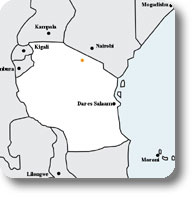 |
|
|
The Park
|
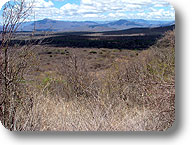

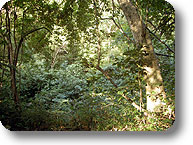

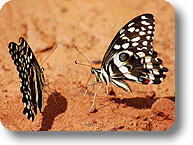

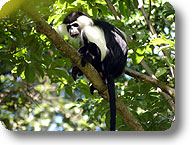

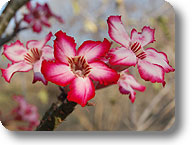

|
Udzungwa Mountains National Park, with its 1,990 square km, is one of the largest and most articulated forest complexes of Eastern Africa. These forests represent real biodiversity caskets and the most intact ecosystems of the whole Eastern Arc mountain system. The luxuriant series of semi-humid, humid, and pluvial tropical forests in their different phytoclimatic belts - from the mountain slopes to the 2,400 meters of altitude along the rainy eastern slopes of the chain, the thorny scrubs and thin and dry tropical woodland formations of the dry western slopes - create a rich and fascinating mosaic of different ecological situations, offering to the visitor unique opportunities to live real full-immersion experiences surrounded by the nature of one of the least known corners of Tanzania by international tourism. Thus, far from the mass "motorized" tourism characterizing by now a number of Protected Areas in Eastern Africa, Udzungwa Mountains National Park still offers the opportunity to carry out long mountain walks, on foot, in the forest, in small groups and with the help of a local guide or a ranger, in order to listen to, find out, observe, and take pictures of the many wild creatures populating the Park, the myriad of invertebrates with the strangest shapes, and a multitude of birds and mammals concealing in the most different forest environments. An articulated, although not long, trail network with itineraries of various length and levels of difficulty - from a simple walk lasting a few hours (Prince Bernhard Nature Trail) to a half-day hike (Sanje Waterfalls Trail) or a real trekking with overnight stay in a tent and two/three days of walk (Mwanihana Peak) - gives everyone the opportunity to visit some of the most interesting and charming corners of the Park. Most trails are situated on the eastern slope of Udzungwa Mountains, which can be more easily reached from the road Mikumi-Ifakara developing along the western border of the large plain of the river Kilombero valley. Among the recommended trails, one of the most interesting from a naturalistic and landscape point of view is Sanje Waterfalls Trail: it develops across large stretches of humid forests and reaches the charming Sanje waterfalls, where the rowdy waters fall towards Kilombero Valley with a succession of drops of various dozens of meters each between imposing rocky walls whose borders are covered with a rich vegetation, creating panoramic foreshortenings of great and wild beauty. On the contrary, on the western slopes of Udzungwa Mountains there are a few accessible trails, which, like Mbatwa Trail, climb among the dry mountain ridge and offer panoramic views towards the river Ruaha valley, among thick thorny scrubs and dry and thin forest formations dominated by various species of acacia trees and imposing baobabs. |
Flora and Fauna
|
| During your tours in the Park you will have the opportunity to observe several vegetal and animal species, many of which are endemic species. Among the over 2,500 species of superior plants living in the protected area, above all in the most rainy areas of Udzungwa Mountains eastern slopes, there are extremely varied specimens, from the small "African violet" of the genus Saintpaulia with its low and small stalks creeping on the humid and shady forest soil to arboreal colossi of over 60 m of height, real "giants" dominating the sky of pluvial forests, often covered with several epiphytic plants and creepers, musks, ferns, orchids, and imposing liane with the most bizarre shapes. As many numerous and varied are the animal species you can observe along the Park trails, taking all the necessary precautions like silence, soft tread, and non abrupt movements: several species of Insects, many of which are extremely mimetic, small Amphibians, Reptiles, forest Birds and many Mammals, among which 9 species of Primates, from the common Yellow Baboon (Papio cynocephalus) you can see along the edges and in the clearings of the forest areas, to the Angolan Black-and-White Colobus Monkey (Colobus angolensis) living in the upper foliage of the trees, and two zoological jewels of these mountains, the rare and endemic Red Colobus (Piliocolobus gordonorum) and the Sanje Mangabey (Cercocebus sanjei). In the location of Ruipa, at the foot of the south-eastern slopes of the mountains, a complex mosaic of evergreen forests characterizing the plain and the low hills, marshy stretches and rivers with slimy waters, it is also possible to meet Elephants (Loxodonta africana), Buffaloes (Syncerus caffer), Hippos (Hippopotamus amphibius) and various species of antelopes. |
Texts and photographs in collaboration with Centro d'Ateneo per i Musei Scientifici (CAMS) of the University of Perugia (E-mail: camso1@unipg.it)
|
Some pictures of Udzungwa Mountains National Park:
|



